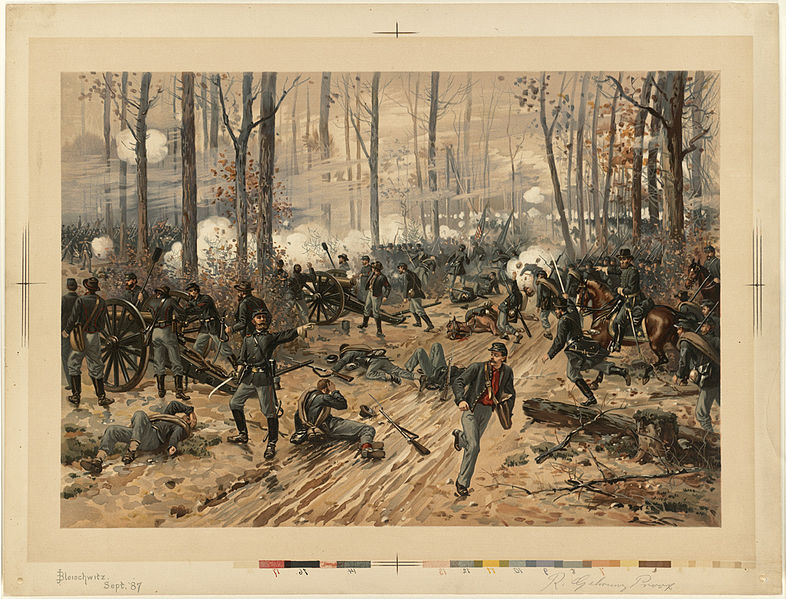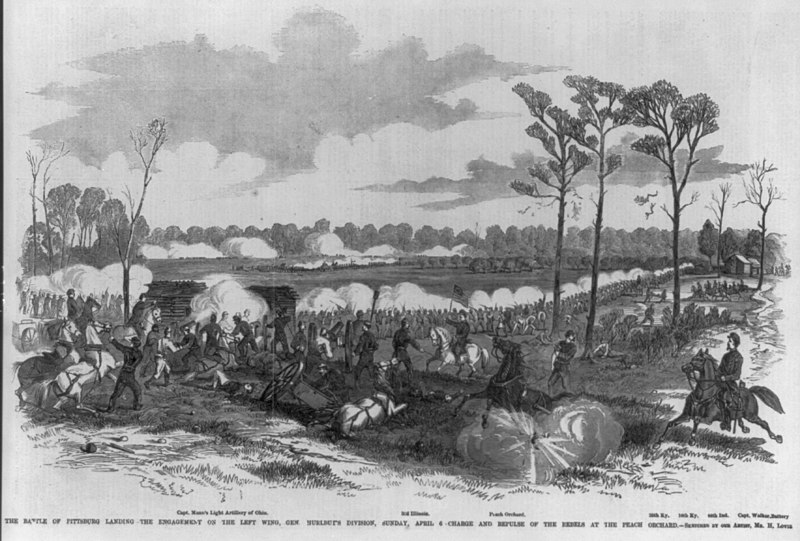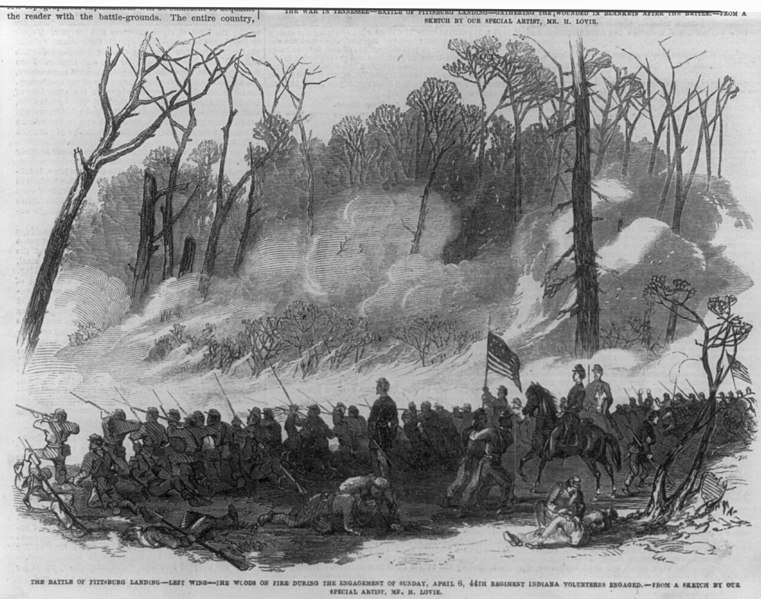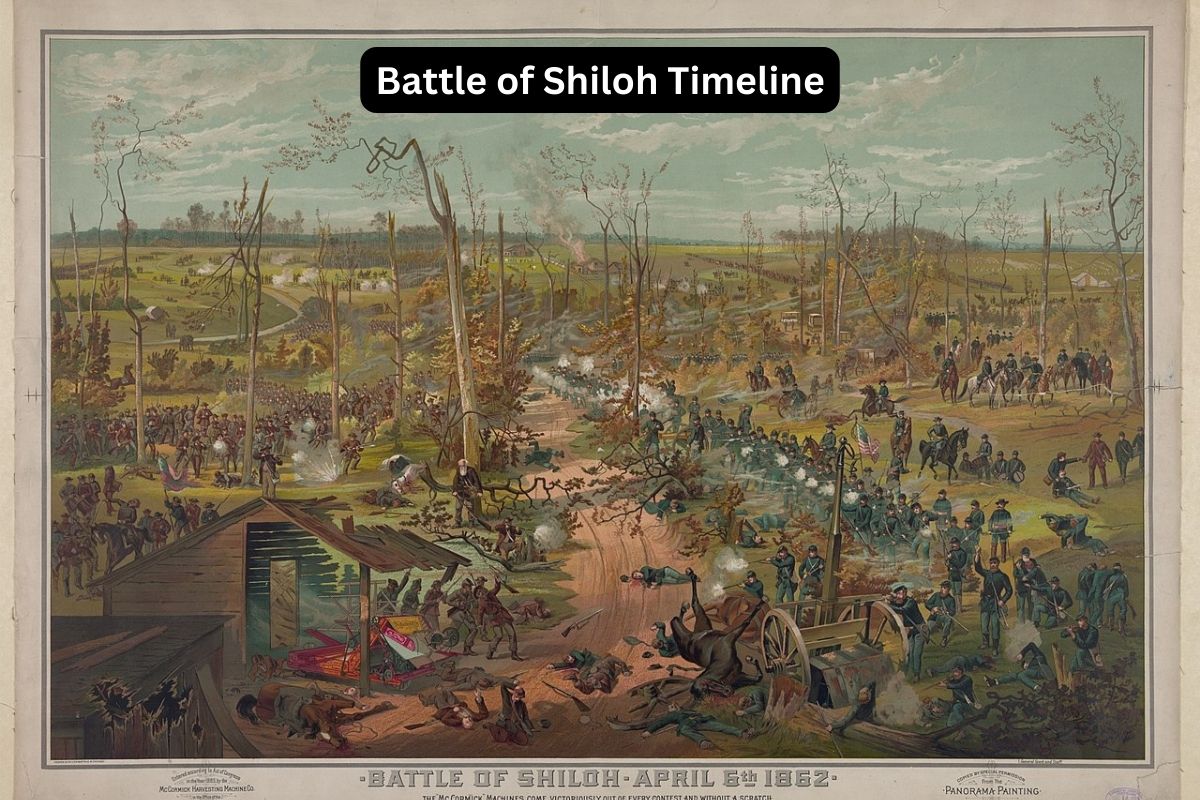The Battle of Shiloh, fought on April 6-7, 1862, near Pittsburg Landing, Tennessee, stands as one of the most pivotal engagements of the American Civil War.
Marked by its staggering casualties and strategic implications, Shiloh represents a turning point in the conflict that ravaged the nation.
This article delves into the harrowing events of the battle, from the initial Confederate surprise attack to the determined Union counteroffensive, as well as its profound aftermath.
Exploring the bravery, sacrifice, and enduring significance of Shiloh, we commemorate the soldiers who fought and died on its hallowed ground, forever shaping the course of American history.
| Date | Events |
|---|---|
| April 6, 1862 | – Confederate forces under General Albert Sidney Johnston launch a surprise attack on Union forces at Pittsburg Landing, Tennessee. |
| – Fierce fighting ensues throughout the day, with heavy casualties on both sides. | |
| – Union forces initially pushed back but eventually establish a defensive position along the Tennessee River. | |
| – General Johnston killed during the fighting; command of Confederate forces passes to General P.G.T. Beauregard. | |
| April 7, 1862 | – Union reinforcements, including troops commanded by General Don Carlos Buell, arrive on the battlefield. |
| – Union forces launch a counterattack, driving the Confederates back and causing their line to collapse. | |
| – Confederate forces retreat from the battlefield, effectively ending the battle. | |
| Aftermath | – Battle of Shiloh ends with an estimated 23,000 casualties, making it one of the bloodiest battles of the Civil War. |
| – Union victory secures control of western Tennessee and opens the way for further advances into the Confederate heartland. | |
| – Battle marks a turning point in the war, with both sides realizing the scale of the conflict and the level of determination required for victory. |
Timeline of the Battle of Shiloh
April 6, 1862:
At dawn, Confederate forces, under the command of General Albert Sidney Johnston, launched a surprise attack on the Union Army of the Tennessee, commanded by General Ulysses S. Grant, encamped at Pittsburg Landing, near the Shiloh Church.
The Confederate assault caught the Union troops off guard, as they had not anticipated an attack of such magnitude. Union pickets and scouts were quickly overwhelmed as the Confederates advanced.

The initial Confederate onslaught was fierce and relentless. They pushed deep into the Union camps, causing confusion and chaos among the Union ranks. Many Union soldiers were still in their tents or preparing breakfast when the attack commenced.
The fighting soon devolved into close-quarters combat, with soldiers engaging in brutal hand-to-hand fighting amid the dense underbrush and tangled terrain. Artillery fire added to the mayhem, as cannons roared and shells exploded overhead.
Despite the initial shock and disarray, Union commanders, including Generals Grant and William T. Sherman, worked swiftly to organize a defense. They rallied their men and established a defensive line along the high ground overlooking the Tennessee River, known as the “Hornet’s Nest” and the “Sunken Road.”
The Union troops, though initially pushed back, managed to hold their ground and inflict heavy casualties on the Confederate attackers. The defensive position along the riverbank provided a crucial anchor point for the Union army, allowing them to stem the Confederate advance and prevent a complete rout.
Throughout the day, the battle raged fiercely, with neither side gaining a decisive advantage. The ebb and flow of combat resulted in a high toll of casualties on both sides, as thousands of soldiers fell wounded or dead on the battlefield.
By nightfall, the Union army still held its ground, albeit battered and bloodied. The first day of the Battle of Shiloh had been a brutal and costly affair, setting the stage for further bloodshed and carnage on the following day.
April 7, 1862:
As dawn broke on the second day of the Battle of Shiloh, the Union Army of the Tennessee, commanded by General Ulysses S. Grant, prepared to launch a counterattack against the Confederate forces that had attacked them the previous day.
Union reinforcements, including troops under the command of General Don Carlos Buell, continued to arrive on the battlefield throughout the morning, bolstering Grant’s battered and depleted ranks.
With the arrival of fresh troops and renewed determination, Grant ordered his forces to advance and drive the Confederates back. The Union troops, emboldened by the knowledge that they were no longer fighting alone, moved forward with resolve.

The Union counterattack struck the Confederate lines with ferocity, catching the Confederate forces off guard and causing their previously cohesive front to crumble. Union troops pushed deep into Confederate territory, reclaiming lost ground and forcing the Confederates to retreat.
Despite fierce resistance from Confederate rear-guard units, the momentum of the Union advance proved unstoppable. Confederate General P.G.T. Beauregard, who had assumed command following the death of General Albert Sidney Johnston on the first day of battle, struggled to rally his troops and mount a coherent defense.
Throughout the morning and into the afternoon, the Confederate retreat continued, with Union forces relentlessly pursuing them across the battlefield. By midday, the Confederate army was in full retreat, their hopes of victory dashed by the determined Union assault.
As evening approached, the Battle of Shiloh drew to a close. The Union army, though victorious, had suffered heavy casualties during the two days of fighting. The Confederate retreat marked the end of the battle, leaving the field in Union hands.
In the aftermath of the battle, both sides tended to their wounded and counted their dead. The scale of the carnage at Shiloh shocked the nation, serving as a grim reminder of the cost of war and the sacrifices made by those who fought in it.
Aftermath:
The Battle of Shiloh was one of the bloodiest engagements of the Civil War up to that point, with an estimated total of around 23,000 casualties, including killed, wounded, and missing soldiers from both sides. The scale of the carnage shocked the nation and served as a sobering reminder of the brutality of war.
Despite suffering heavy losses, the Union victory at Shiloh proved strategically significant. It secured control of western Tennessee and provided a crucial stepping stone for further Union advances into the Confederate heartland.

The battle also marked a turning point in the war, as both sides realized the magnitude of the conflict they were engaged in. The high casualties incurred at Shiloh served as a wake-up call, highlighting the determination and sacrifice required to achieve victory.
In the weeks following the battle, both the Union and Confederate armies regrouped and reorganized. Union General Ulysses S. Grant faced criticism for being caught off guard by the Confederate attack but retained the confidence of President Abraham Lincoln, who famously remarked, “I can’t spare this man; he fights.”
On the Confederate side, General P.G.T. Beauregard’s leadership during the battle earned him recognition, though the loss at Shiloh dealt a blow to Confederate morale. The death of General Albert Sidney Johnston, one of the Confederacy’s most experienced commanders, was a significant loss for the Southern cause.
The Battle of Shiloh also had profound implications for the conduct of the war. It underscored the importance of preparedness and vigilance on the battlefield and prompted both sides to reevaluate their strategies and tactics.
The battlefield itself became hallowed ground, with efforts made to preserve and memorialize the site of the conflict. In 1894, Shiloh National Military Park was established to commemorate the battle and honor the soldiers who fought and died there.
Ultimately, the Battle of Shiloh left an indelible mark on American history, serving as a testament to the courage and sacrifice of those who participated in one of the defining conflicts of the Civil War.
